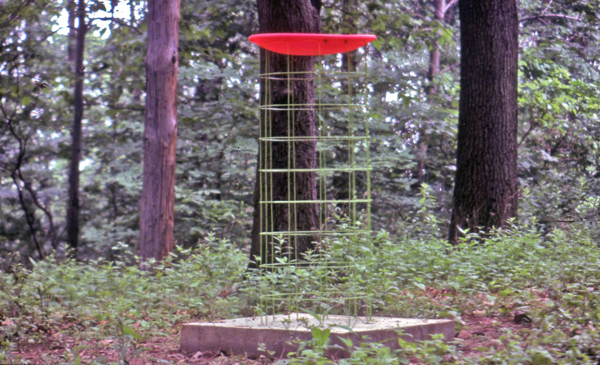Opening reception, August 17 4 to 8 pm
Closing potluck, September 28, 4 to 6 pm
To see the show Click Here
The hours are Saturdays
from 1 to 4
when shows are up.
Other times please email or call to make an appointment.
518 567-5359.
The Re Institute is pleased to announce “Immaterial”, curated by Sam Clayton
LINDSAY PACKER, SAM CLAYTON, JOAN BANKEMPER, RM FISHER
In the Project room JOEL SHAPIRA
IMMATERIAL Visual art – visual poetry
The "stuff" that it's made of is, often only half the story. A work of visual art involves material, intention and chance/discovery. The title "Immaterial" refers to the significance of these variables when considered individually, about how the sum really is greater than its parts. Consider the collages and sculptures of Kurt Schwitters, carried on in Robert Rauschenberg's Combines, Card Birds and Gluts; John Chamberlain's crushed painted auto pieces; and on into the iconoclastic yet intimate works of Richard Tuttle. In each case the creative voice is unique. What they share in common is a transformative moment where intention meets material, often unorthodox material in service of an aesthetic end. The poetry is expressed not only in the actions taken, but in the choices made, be it the recognition of the qualities of a random object, a chance event or an intentional gesture and how it all works together to create a greater whole. The artists in this exhibition are wonderful unique examples of this tradition.
- Sam Clayton, curator July 2013
I went to art school thinking I was a sculptor, ended up painting representationally for many years, slowly working my way through collages of painting, drawing and objects, to the sculptural works presented here today.
Much of my recent work has the aspect of transparency, translucency, layering, seeing through, seeing something beyond or to an underlying structure. It has the quality of collage in the round, revealing unique aspects of the structure as one changes position. As I play with different materials they reveal their character, challenging me to create new forms.
My most recent installations question the relationship between real and virtual, form and color, object and shadow, invention and memory. Precise yet precarious constructions coax light, movement and film-like projections from arrangements of ordinary materials. These site-specific, kinetic installations call attention to the multiplicity of storylines and histories inherent in every silent, still object around us.
RM FISHER
In 1978, as a young artist, I participated in a state-funded CETA program designed to help employ artists, in the spirit of the WPA program of the 1930s. The program operated for only one year and gave a small salary to artists to produce public works or conduct creative workshops throughout the five boroughs. For one of my projects I produced a series of birdbaths that were sited within the landscape at the High Rock Park Conservation Center on Staten Island. The CETA program gave me my first opportunity to explore creating sculpture outside the confines of the art gallery and museum. In the years to come I would make both studio-produced work that I exhibited in galleries and museums and large-scale public artworks that were commissioned for urban architectural construction projects. I have created an updated version of my 1978 birdbaths for the “Immaterial” exhibition.
Joan Bankemper was born in Covington, Kentucky, in 1959. She received a B.F.A. from Kansas City Art Institute, Missouri, and an M.F.A. from the Maryland Institute College of Art, Mount Royal Graduate School, Baltimore.
The artist’s ceramic mosaic vessels grow out of 15 years of commitment to creating urban gardens with the help of surrounding communities. She has worked on projects in New York, Boston, Palermo, Italy, and San Antonio, Texas, among others, addressing the relationship of people to nature as reflected in the contemporary urban landscape. Her garden projects are not ordinary or formal gardens; they range from restorative healing herb gardens, to gardens based on the shape of the human body, to planting 600 giant sunflowers, which grow from the ruins of a Southern flour mill. For each of her garden projects, the artist worked within a conceptual framework, each a kind of sculpture in nature.
This body of ceramic work will be from the “White on White” series. Bankemper likes to collect cups and remove the handles only to incorporate them into a surreal object. They are both refined and beautiful in their struggle for purity. They too reflect a restorative nature found in the gardens, they create a second use in something we would normally discard as valueless.
JOEL SCHAPIRA
Over the past some years, Damien Hirst made some spot paintings and hired people to make, according to his specifications, many more.
My paintings of spots are an answer/antidote to what I believe has been his soulless enterprise. Mine are not being shown worldwide in 14 galleries, as were his (theirs?), a year or so ago. Mine are made by me and, I hope, feelable by you here in my friend Henry's Re Institute. My anger and sadness attended their conception, but not their birth. So then, why? To let you know that art is not irony, not a joke to get or be gotten by. It is a record of our regard, our wonderment. No single image on the cave wall told a whole story. Neither any one spot, nor any single spot painting has such a heavy responsibility. I make spots mostly at the artgarage, an after-school open studio for high school students in my neighborhood. As a mentor in this non-curricular environment, I am able to both model artistic behavior and stay available to the needs of student artists. A lighter touch comes from attention divided. Willingness tempers the will; I dream each moment. When asked there, "What are you making?", I answer, "Spots," and sometimes I get "Cool" in response. Mostly, I get a look that says: This is good , isn't it? What you're doing? No obvious purpose and nothing's to be gained; but it's important. And how can that be? The answer: Permission granted! Teacher, potter, dancer, fairy godfather, and deep ecologist Paulus Berensohn recommends that we behave artistically. He tells us that once, moving on all fours, we learned much about where we were and who we were from the 9,000 sense receptors in each of our fingers. Upright, we are disoriented, even homeless. I invite you to touch each spot ninety thousand ways and so make a start of coming to our senses.
Joel Schapira
|
|
RM Fischer
|
|
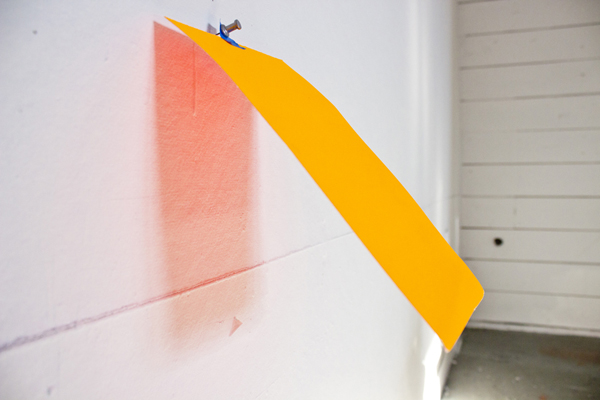 |
Lindsay Packer |
|
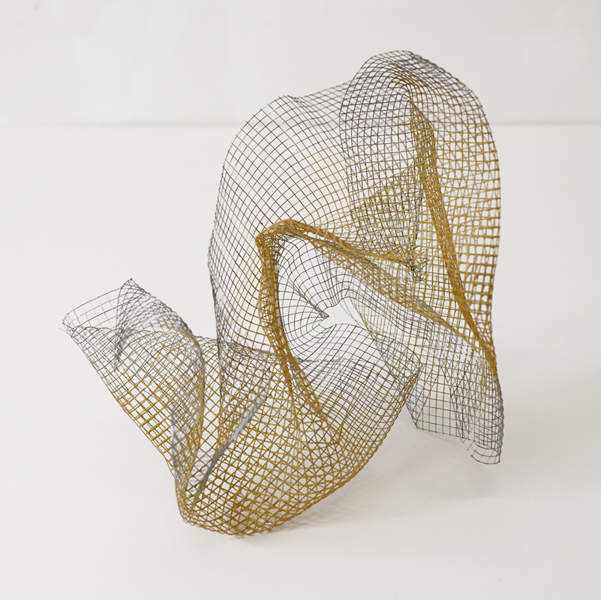 |
Sam Clayton | |
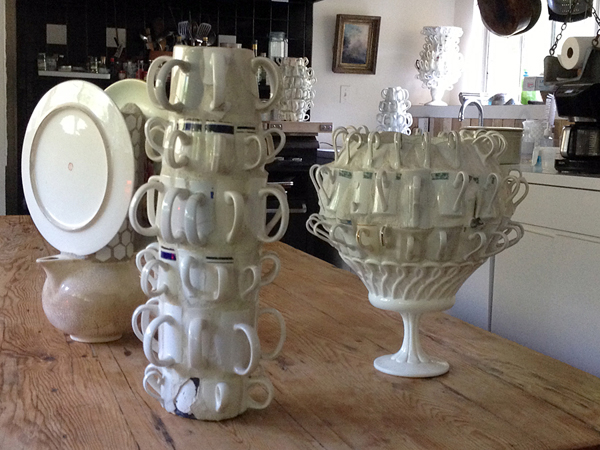 |
Joan Bankemper | |
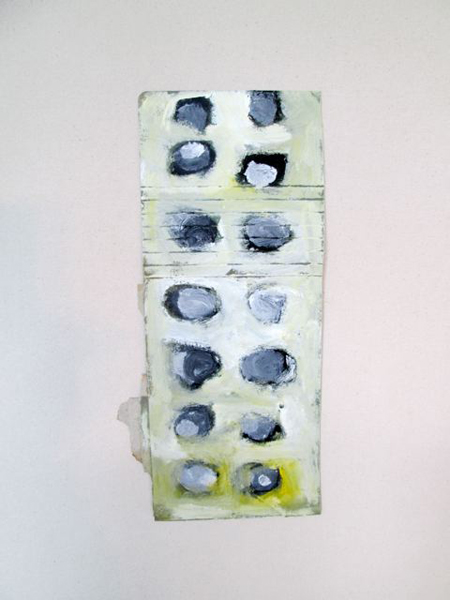 |
Joel Schapira | |
|
|
||
|
|
